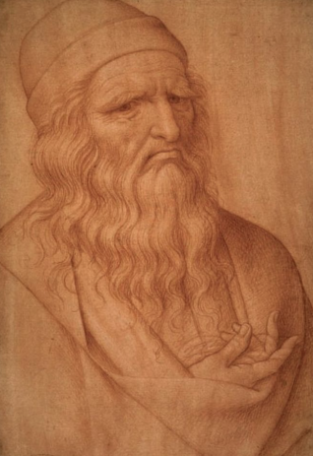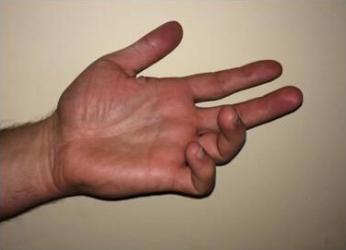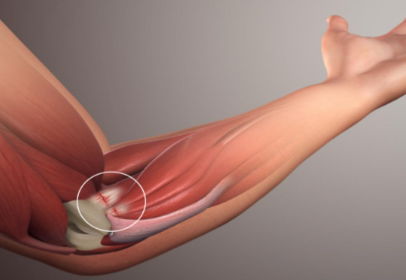“Where the spirit does not work with the hand there is not art”
— Leonardo da Vinci

Museum of Gallerie Dell’Accademia, Venice
Currently at the Denver Museum of Nature & Science is the exhibition, “Leonardo da Vinci: 500 Years of Genius”. The exhibit features the Italian inventor, painter, sculpture, and architect, to name just a few of his accolades. A portion of the exhibit discusses some of his most famous Renaissance paintings, including the Mona Lisa and The Last Supper. Overall, it is difficult to verify the authenticity of all of da Vinci’s paintings (Salvator Mundi made auction history in 2017 selling for $450 million even though attribution to da Vinci is disputed by many experts), but fewer than 20 of his known paintings exist.
While no one can know for certain, biographical documents suggest da Vinci only painted using his right hand, even though he was left-handed in other capacities… he was ambidextrous. Furthermore, it was reported that da Vinci suffered severe right-sided weakness towards the end of his life, implying to many historians that he suffered a massive stroke.
“…One cannot indeed expect any more good work from him, as a certain paralysis has crippled his right hand… And although Messer Leonardo can no longer paint with the sweetness which was peculiar to him, he can still design and instruct others.”
— Antonio de Beatis-1517
A new study published this month reviews a portrait of da Vinci, painted by Giovan Ambrogio Figino. Previously overlooked is da Vinci’s arm and hand in a sling, with the right hand in a position not typical of a stroke. Following a stroke, a patient’s hand often is fully clenched. In this rendering, only the ring and pinky fingers are flexed. da Vinci’s right face is not drooped, which would be atypical following a stroke. Lastly, subsequent descriptions of da Vinci do not indicate any speech or cognitive problems, which would be expected from a severe left brain stroke.

“Ulnar Claw” hand due to injury of the ulnar nerve at the elbow
Instead, da Vinci’s right hand is in the typical “ulnar claw” position. It is apparent that da Vinci may have died from a heart attack. Therefore, it is possible da Vinci experienced a fainting or dizzy episode, causing him to fall on the right elbow and damage the right ulnar nerve.
The ulnar nerve is our “funny bone” nerve passing around the inside of the elbow. The ulnar nerve is crucial in that it controls the majority of muscles in the hand. If the ulnar nerve is severely injured at the elbow, the muscles in the hand may not function correctly and cause the hand to look like this picture in the resting position. Furthermore, the right hand would be unable to hold a paint brush or palette, or perform fine motor skills involved in highly skilled artworks. The ring and pinky fingers may be numb, also making it difficult to feel the brush.
A right handed weakness impairing his ability to paint may explain why so many da Vinci paintings were thought to be left incomplete, including the Mona Lisa. The Mona Lisa likely was started around 1503, while this injury to da Vinci occurred around 1505.

Many patients suffering an ulnar nerve injury (also called cubital tunnel syndrome) injure their nerve by hitting the elbow. Most patients suffer only some pain from the elbow to the hand or some numbness in the ring and pinky fingers. It usually takes a severe injury to the ulnar nerve to cause a “claw hand”.
Treatment most often consists of observation. Avoiding hyperflexion of the elbow (avoid holding a cell phone with that arm), avoiding resting the elbow on hard surfaces or arm chairs, and possibly padding the elbow can improve symptoms. In severe cases, surgery can be performed on the ulnar nerve to decompress the nerve and possibly remove scar tissue.






